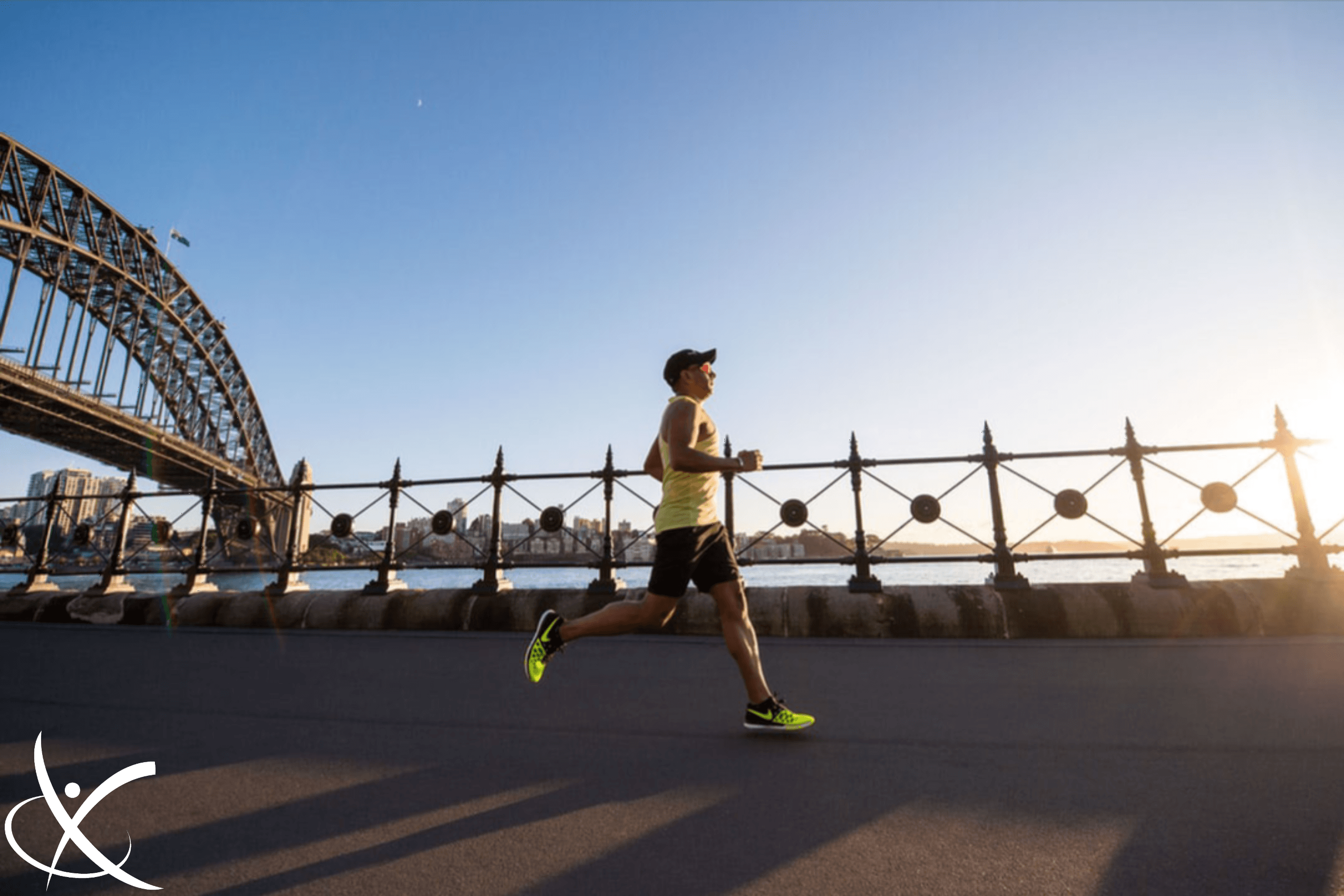
Runner’s Knee
September 15, 2019
What Is Perfect Posture
September 28, 2019Understanding Your Hamstrings
Calling all Weekend Warriors…Understand Your Hamstrings Better!
The hamstrings are another two-joint muscle complex that most active adults are aware of. I can say that mainly because I’ve personally been part of the group of weekend warriors that has hobbled off to the water station with one hand palming the back of my leg. So let’s break down this muscle group that can literally be a pain in the butt. We’ll review some anatomy, then some common injuries, and finally some exercises complete with instagram videos. You ask, we deliver!
Our “hammies” are a groups of muscles that affect the hip and the knee. Each leg has four, yes, FOUR, individual hamstring muscles (insert mind-blowing emoji). They all run vertically along the back of the thigh. Some cross the back of the hip joint and attach onto your sit bones, and they all cross the back of the knee and attach to the top of your shin bone. At the hip, they will extend your leg, or bring it backwards (think of the back leg while you walk or run). And at the knee, they will help flex it, or bend it. Sometimes they will do these motions together, and sometimes individually. But as a two-joint muscle group they will have important functions, and also a high incidence of injuries.
I’ll highlight this in it’s own paragraph so it doesn’t get lost. During athletic movements, the primary role of the hamstring is to decelerate the lower leg. It MUST be strong enough to slow down your shin bone as it whips forward while you sprint, change direction, slow down, etc. It is a control thing, and that means it has to lengthen, or stretch out, as it contracts. This is what we call an “eccentric” contraction of the muscle, it has to be strong and control force as the fibers elongate. This places a lot more stress on the muscle, and hence the high incidence of injury during this movement. When it comes to training them properly, this type of muscle movement must also be included in addition to curling the leg up which is the more common gym exercise.
Across many competitive sports, males seem to have a higher incidence of hamstring injuries. And across the weekend-warrior type, the hamstrings also tend to make the common injury list. From what I have seen, that is because of the important role they play in explosive movements such as sprinting or stopping short. They have a great job to do, with a lot of stress placed through them, and it is important to keep them strong and resilient. When I say resilient, think “endurance” because they must be strong enough to last a while game, or season. I don’t see many of my steady runners pull up with mid-belly hamstring injuries, it is mostly the explosive or sprint-based movements that can result in damage to the muscle itself, while the tendons at the hip or knee can become irritated during prolonged steady-state activity like endurance running. Bottom line, injuries can happen to all parts of the hammies, but certain sports will be more prone to one or the other.
Another reason we see these issues in weekend-warriors is because of the nature of that phrase. As we get older, many of us don’t have the time to devote to training for competitive sports as much as we used to. As a result, our bodies just aren’t as resilient to the repetitive stresses of explosive sports as they used to be. You don’t use it, you lose it “amirite?!” So not only are the muscles and connective tissue not used to the athletic demands, we are not training them to be stronger either. After college, where I was strength training with my team 3x a week minimum, I stopped hitting the weights. It was almost cold turkey for the legs. Instead, I focused on the beach muscles, but having bigger arms and chest didn’t help me sprint on the soccer field. Coincidently, I pulled my hamstring within months of being out of college, my first muscle injury ever, and it was only the beginning. Cut scene years later and each hamstring at least 2x, groin once, hip flexor, abdominals etc. You get the picture. Then I realized the wonders of physical therapy, maintenance work, and performance goals for us 9-5 working athletes. #WeekendWarriors
So the take home for today is that the hamstrings are a complex system that should not be, yet is often forgotten about. We don’t have as much time to train anymore and some body parts get lost in the flash we call life. For now, just know that the hamstrings are very important to weekend warriors and non-active people alike, and this blog series will serve to help better understand how to take care of them so you don’t suffer that same fate.
Happy Training!
John





